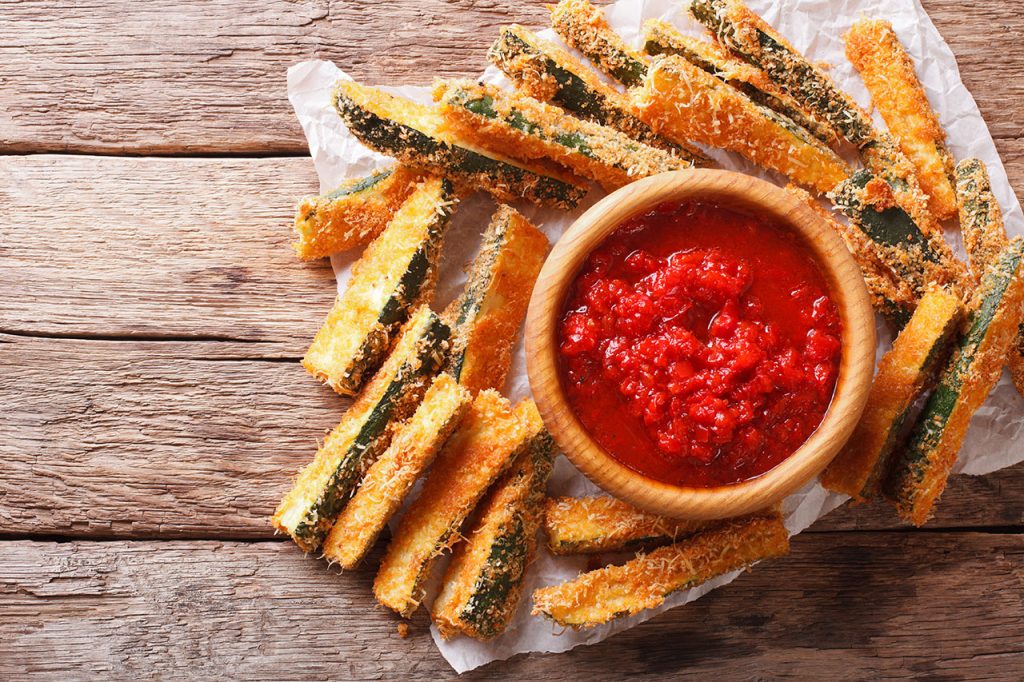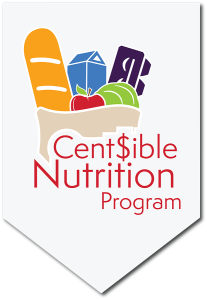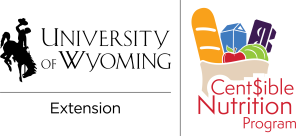Summer squash are warm-season plants, such as zucchini, yellow crookneck, yellow straightneck (saffron), and pattypan. They grow on large, bushy plants or on vines and are ready to harvest in seven to eight weeks after planting. They are a versatile vegetable that make a great addition to many meals.
Planting
- Plant summer squash after the danger of frost is gone. Squash do best when the soil and air temperature is above 60°F consistently. Squash tend to do well in the heat.
- Seeds can be started inside and transplanted outside after 3 weeks. There are two ways to plant squash:
- Plant seeds in hills 4 feet apart with 2-3 seeds in each hill or
- Plant in containers or garden beds with adequate space between seeds. Squash plants need a lot of space!
- Summer squash do best in full sun, in soils with high nutrients, with plenty of water.
- Rotate where squash is planted from year to year to avoid issues with diseases.
Harvesting
- Harvest at about 7-8 weeks after planting.
- Summer squash taste best when they are small, before the skin hardens and becomes seedy.
- The skin and flesh of summer squash can be eaten.
- Eat summer squash soon after harvesting.
Suggested Varieties- Black Zucchini, Early Golden Summer Crookneck, Early Prolific Straightneck, Jackpot Zucchini, Saffron, Sunny Delight
Happy gardening!
Information summarized from UW Extension publications by Katie Shockley, Writer/Editor, University of Wyoming Extension Communications & Technology.
Summer squash are warm-season plants, such as zucchini, yellow crookneck, yellow straightneck (saffron), and pattypan. They grow on large, bushy plants or on vines and are ready to harvest in seven to eight weeks after planting. They are a versatile vegetable that make a great addition to many meals.
Planting
- Plant summer squash after the danger of frost is gone. Squash do best when the soil and air temperature is above 60°F consistently. Squash tend to do well in the heat.
- Seeds can be started inside and transplanted outside after 3 weeks. There are two ways to plant squash:
- Plant seeds in hills 4 feet apart with 2-3 seeds in each hill or
- Plant in containers or garden beds with adequate space between seeds. Squash plants need a lot of space!
- Summer squash do best in full sun, in soils with high nutrients, with plenty of water.
- Rotate where squash is planted from year to year to avoid issues with diseases.
Harvesting
- Harvest at about 7-8 weeks after planting.
- Summer squash taste best when they are small, before the skin hardens and becomes seedy.
- The skin and flesh of summer squash can be eaten.
- Eat summer squash soon after harvesting.
Suggested Varieties- Black Zucchini, Early Golden Summer Crookneck, Early Prolific Straightneck, Jackpot Zucchini, Saffron, Sunny Delight
Happy gardening!
Information summarized from UW Extension publications by Katie Shockley, Writer/Editor, University of Wyoming Extension Communications & Technology.
Additional Resources
Learn more about growing summer squash with these resources from the University of Wyoming Extension:
- UWE Publication: Get Growing: Planting Squash in the Garden
- UWE Publication: Gardening: Vegetables in Wyoming
- Video: Summer and Winter Squash
Next up: Peas + a recipe [Coming August 28]

This quick recipe makes an excellent side dish or snack, and is a great way to use zucchini, especially when you have tons in your garden!


